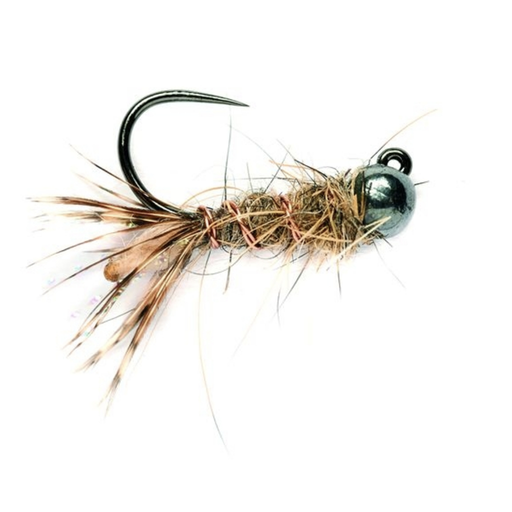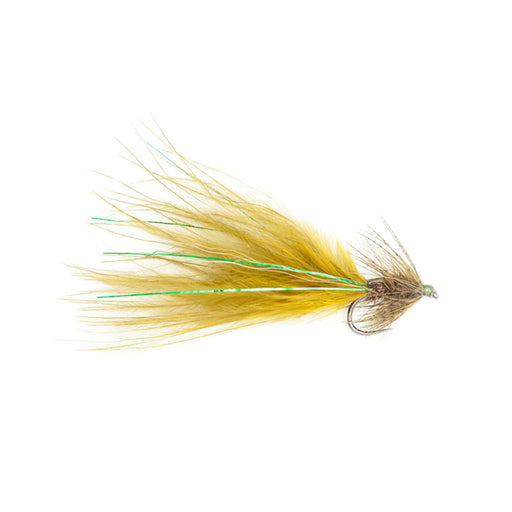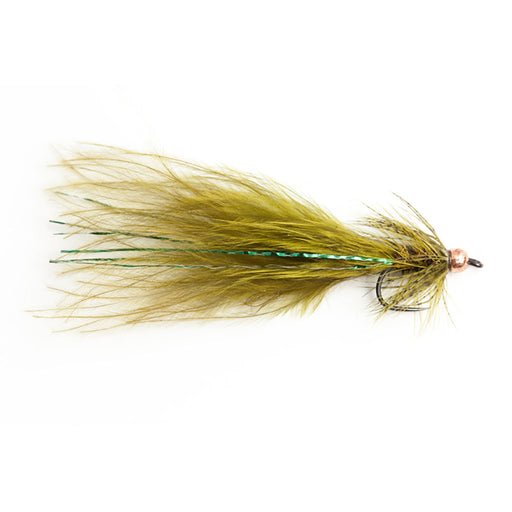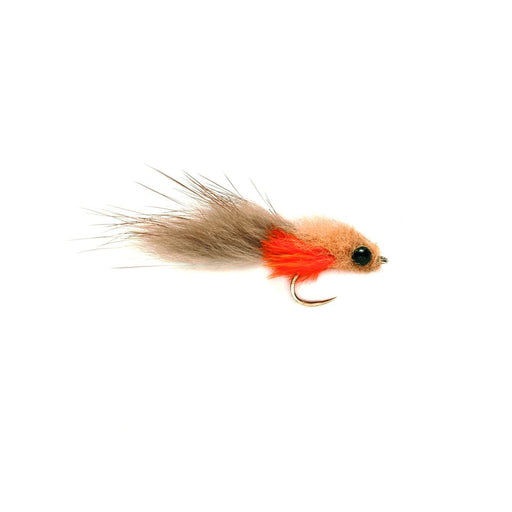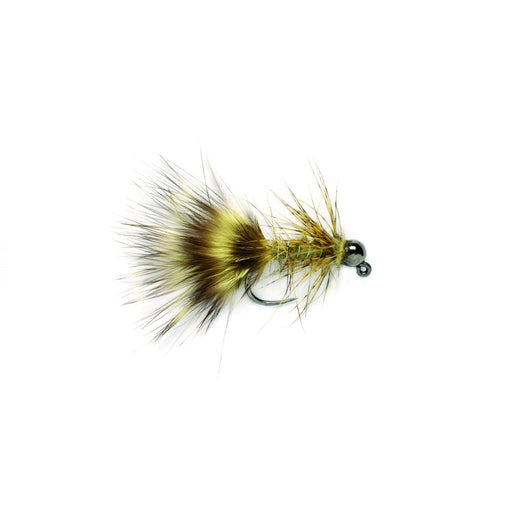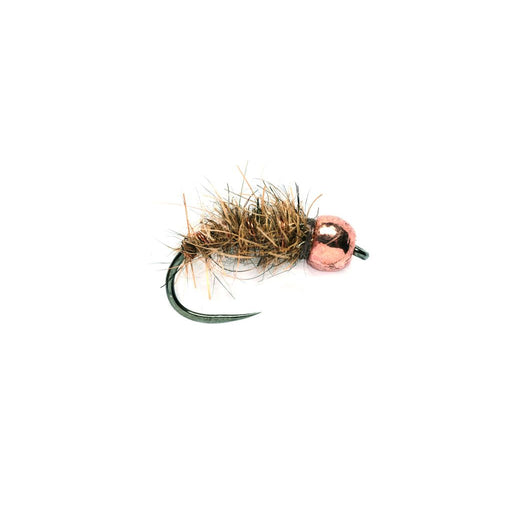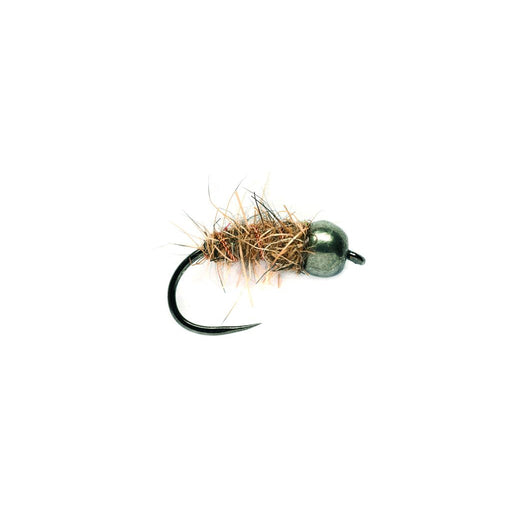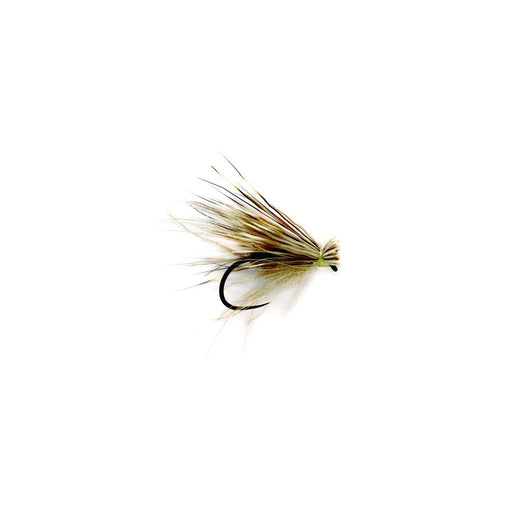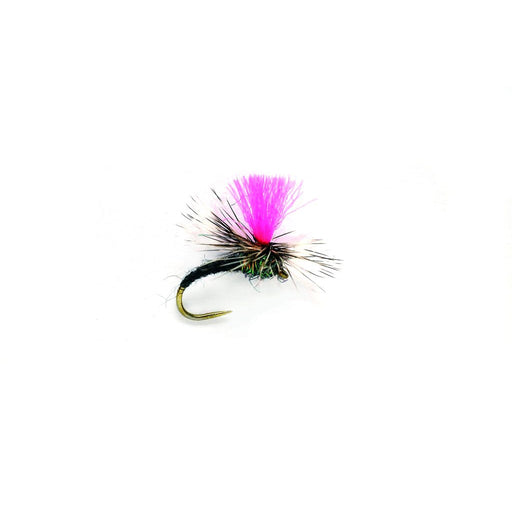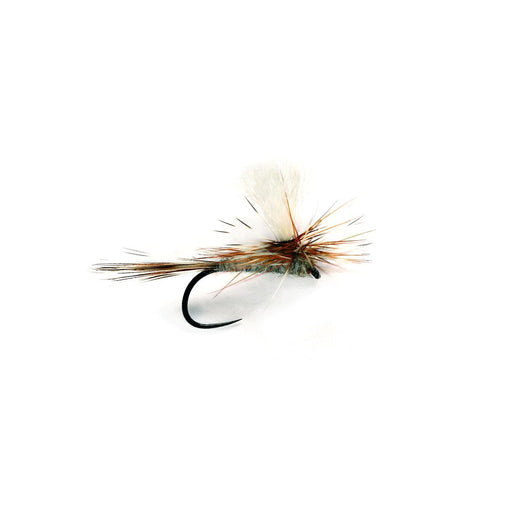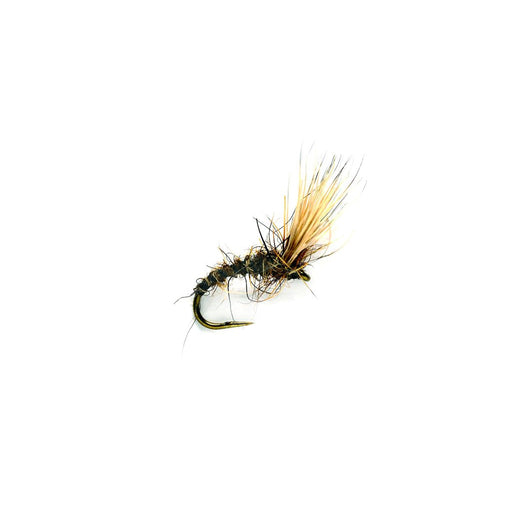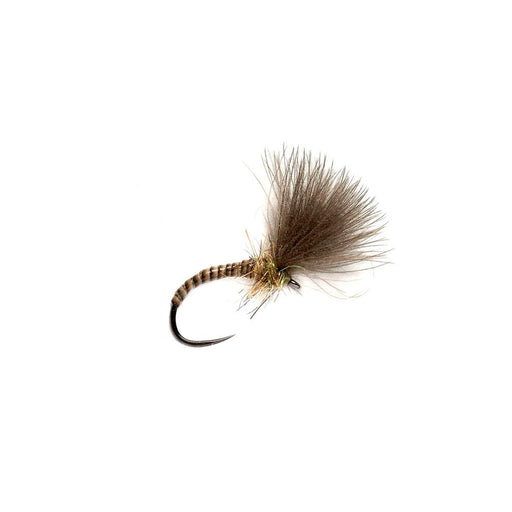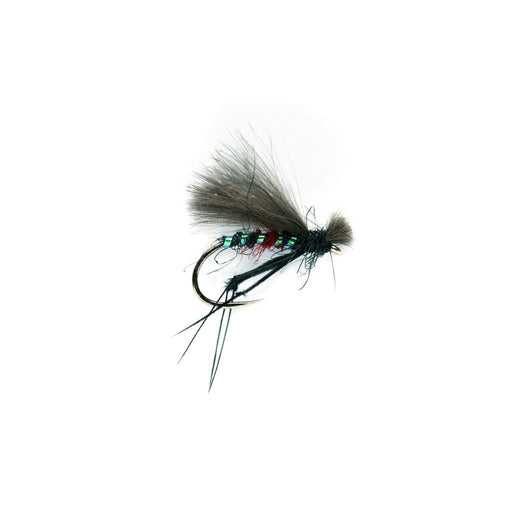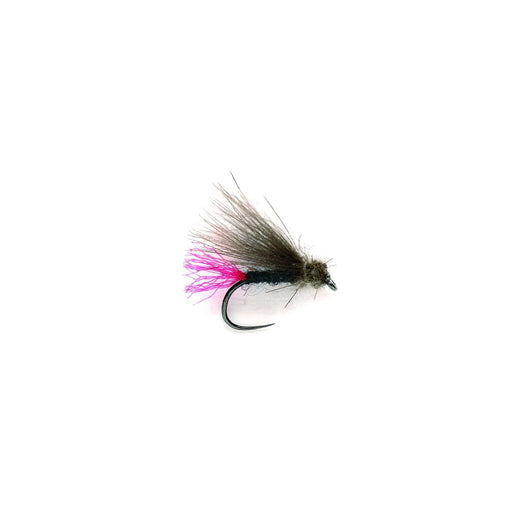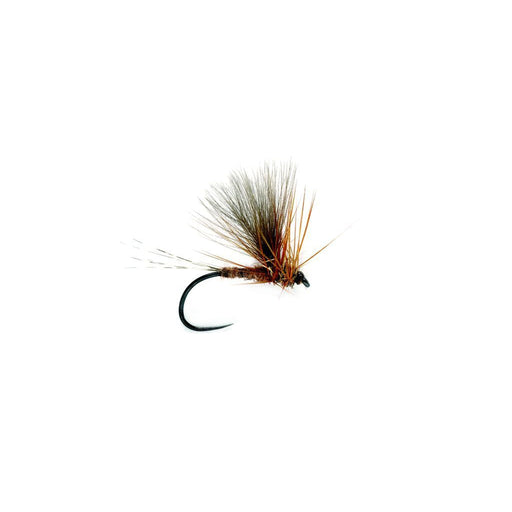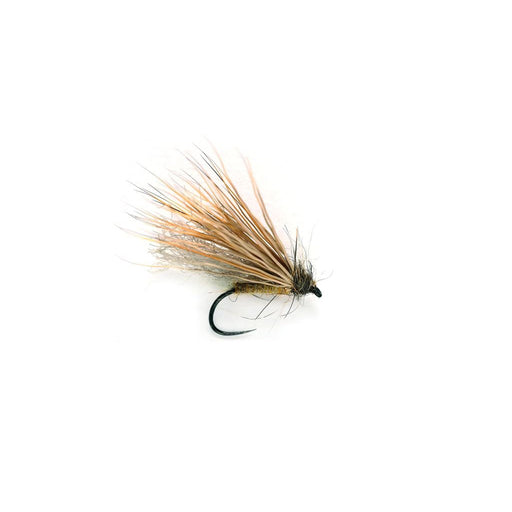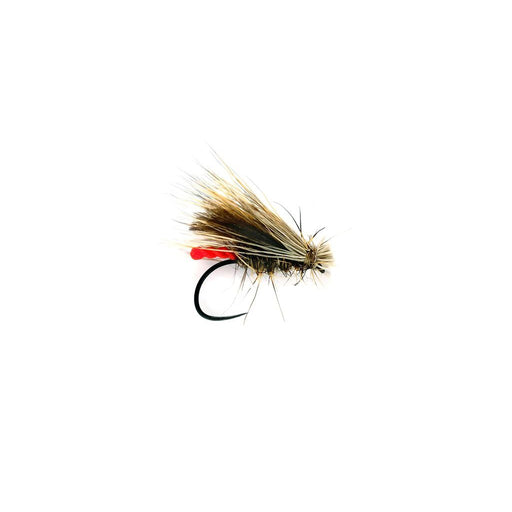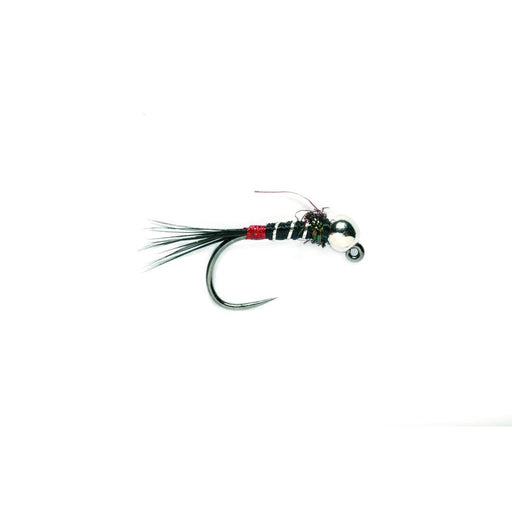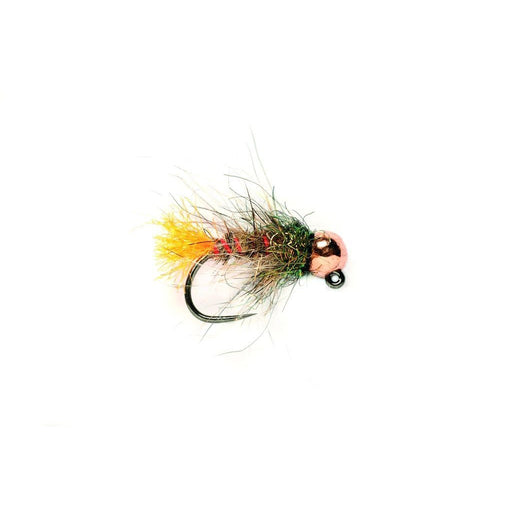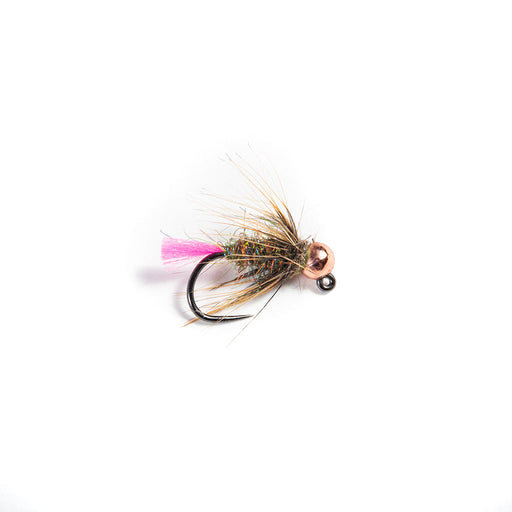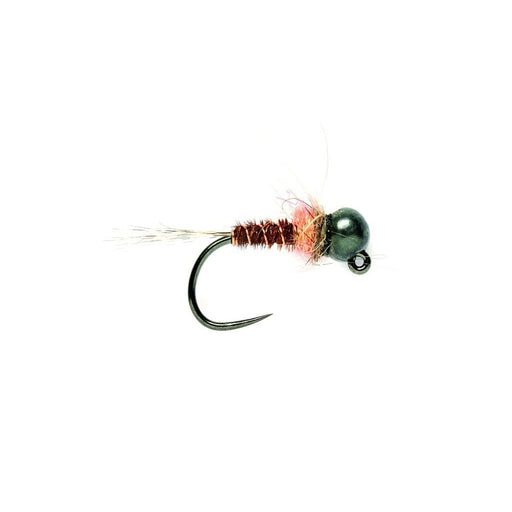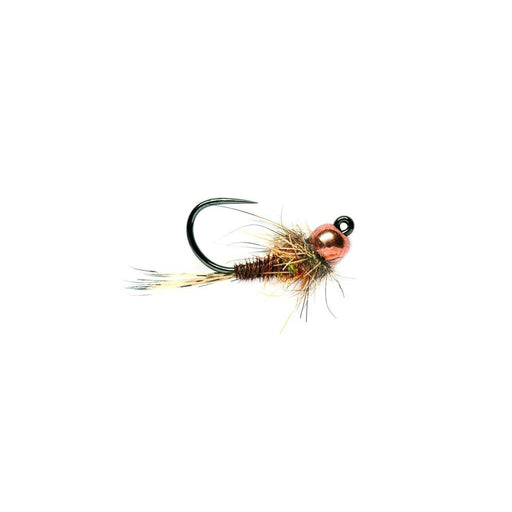
Fly Fishing Gear | Fly Fishing Flies | All
Your fly should be the only thing the fish sees; make it the right one.
At Tom's Outdoors, we boast a huge collection of fly fishing flies from Fulling Mill, MFC, RIO and Catagory 3 Fly Company - We handpick flies that are suitable for use in our local area, around Australia and across the ditch (or dutch as our Kiwi cousins would say).
Click here to read more...
WHAT TYPES OF FLIES ARE BEST FOR TROUT?
There are three main types of artificial flies in freshwater trout fishing, Dry flies, Nymphs and Wet flies (aka streamers) that anglers use to represent most of what trout eat.
- Dry flies: Designed to stay ‘dry’ and float on the water's surface, either representing an insect that has ‘hatched’ out of the water, like a Mayfly-Dun or a Caddis, or representing an insect that has fallen onto the water (terrestrial insects) like a Grasshopper. These flies are generally fished drifted along naturally in the current.
- Nymphs: Represent the aquatic juvenile phase of a water-born flying insect, like a Mayfly-Nymph, Caddis-Grub, or Stonefly-Nymph, and are fished throughout the water column from just under the surface film to the bottom, sinking with the aid of built-in or external weight. Nymphs are generally drifted naturally with the current, as well as being given some small movement underwater from time to time.
- Wet flies (or Streamers): Fished below the water's surface, these flies often imitate larger invertebrates like crayfish (yabbies), mud-eye, and damselfly, as well as larger vertebrates like frogs, baitfish, and even other small trout. They are generally fished quite aggressively through the current to imitate the darting fleeing nature of these prey items.
HOW TO CHOOSE A FLY
The three main things to consider when looking at selecting any fly are Profile, Movement, and Colour, in that order.
- The profile of the fly is one of the first things that a fish sees from a distance and will let them know if they are looking at viable prey; you want to match the size and shape of the food item you are imitating.
- Movement is the next thing that triggers a fish into eating your fly, whether it is slight movement that is ‘built into’ the fly like a soft hackle feather or how the fly reacts when moved through the water, such as the long tail made of marabou on a woolly-bugger.
- Finally, colour is a consideration, but not as important as most people would assume. Fish see colour differently from people and although it can be useful to have a fly in a range of colours, you can generally stick with bright, dark, or natural colours.
A note on ‘Ultra-Violet Hot-Spots’: one important consideration is does your fly have ultra-violet materials built into it? This is often an excellent extra trigger that results in getting fish to eat the flies as many fish species hunt in the Ultraviolet spectrum.
ATTRACTOR-PATTERNS VS IMITATIVE-PATTERNS.
Attractor patterns are designed to suggest life and movement without trying to match exactly one type of food or prey item. Imitative patterns are tied to try and look as much like the real thing as possible. They are both important styles to keep in mind when selecting effective flies for any situation. In general, the longer a fish will get to look at your flies, i.e. fishing very slowly on a lake or sand flat in clear water, the more imitative a fly should be. The less time a fish will see you fly, i.e. fishing a fast-flowing river or stripping a fly quickly through the water column the more of a general attractor a fly can be, the best flies generally have a mix of both!
Here at Tom’s we also stock all the necessary flies for targeting Australian Native Freshwater and Saltwater species. We have flies for Murray-Cod, Australian-Bass, Golden Perch, Flathead, Australian Salmon, Bream, Golden trevally, GT’s, Tuskies, Permit, and pretty-well any other species you’d care to throw a fly at, even carp... (unfortunately) - Native Freshwater and Saltwater patterns often fall into Surface (Floating) or Subsurface (Sinking) categories, most of which are fished actively to imitate the movement of the prey they represent. A typical surface fly would be a popper, which can imitate a frog or mouse ‘blooping’ across the surface, or even a wounded baitfish attempting to escape from a rocky ledge. Subsurface flies can range from patterns that represent baitfish all the way through to crayfish, crabs, shrimp and even drifting seaweed.
NEED HELP CHOOSING FLIES? CONTACT US TODAY
Simply get in touch with our friendly sales team – they’re always up for a chat. You can contact us by calling our Tumut store on (02) 6947 4062 or by email.
Fulling Mill Barbless Peeping Caddis - Jig Nymph
Fulling MillPeeping out to get eaten This Jig caddis pattern is tied with a tungsten bead which is perfect for when the fish are hard on the bottom in a big...
View full detailsFulling Mill Christopher Bassano's Olive Head un-weighted McGoo
Fulling Mill AUThe olive thread head McGoo is another terrific damsel imitation that works very well in all of Australia's shallow impoundments. Whether it is fa...
View full detailsFulling Mill Christopher Bassano's Tungsten Copper Bead McGoo
Fulling Mill AUThis fly originates from Ireland and was then further developed by Ballarat fly anglers, Vern Barby and, to a lesser extent, Craig Coltman. Alt...
View full detailsFulling Mill Tan Scully Zonker DB - Barbless Streamer
Fulling MillA modern highly mobile pattern becoming very popular on the stillwater scene.
Fulling Mill Jig Bugger Olive Tungsten Bead - Barbless
Fulling MillGet Jiggy with it The Jig Bugger is a versatile variant of the classic woolly-bugger great for lakeds and rivers, naturally drifted like a large n...
View full detailsFulling Mill Pheasant Tail Micro (Nugget) - Barbless Nymph
Fulling MillA micro gold beaded version of the classic Pheasant Tail Nymph which is probably the most popular nymph pattern the world over, effective for both ...
View full detailsFulling Mill Hare's Ear Copper - Barbless Nymph
Fulling MillHares Ears are highly effective general purpose nymphs, this one has a copper coloured tungsten bead at the head, great for when fish are grubbing ...
View full detailsFulling Mill Hare's Ear Black -Barbless Nymph
Fulling MillThis dark bodied Hares Ear Features a Tungsten Bead at the head to help get your fly right down quickly to feeding fish. Barbless.
Fulling Mill CdC & Elk - Barbless Dry Fly
Fulling MillThe original Elk Wing Caddis has had the wing modified to include CdC feathers for increased floatation, A few false casts will dry the fly off. On...
View full detailsFulling Mill Black Magic Klinkhammer - Barbless Dry Fly
Fulling MillA best seller. Klinkhammer series flies are named after their inventor Hans Van Klinken from Holland. These sit perfectly on the water because of t...
View full detailsFulling Mill Parachute Adams Barbless Dry Fly
Fulling MillA best seller. A classic dry fly, hugely effective all over the world- if you had to limit yourself to just one dry this would surely be it. Barbl...
View full detailsFulling Mill JL Mole Barbless Dry Fly
Fulling MillA best seller. A very universal F-Fly variant from Jeremy Lucas, especially good when the fish are feeding on small sedges or dark midge. Barbless.
Fulling Mill Deer Hair Emerger Barbless Dry Fly
Fulling MillEasy pickings for fish feeding on adult or emerging bugs or wind blown terrestrials that have become trapped in and on the surface film. Barbless.
Fulling Mill Quill CdC Emerger Natural Barbless Dry Fly
Fulling MillNo Trout fishers fly box is complete, without an array of Emerger patterns. The Fulling Mills CdC Emerger is a great starting point. The use of CdC...
View full detailsFulling Mill CdC Bibio - Barbless Premium Dry Fly
Fulling MillThe CdC Bibio is a variation on the original Hopper as it uses the natural water repellent properties of the CdC feather to keep it in the surface ...
View full detailsFulling Mill Barry's CdC Red Tag - Barbless Premium Dry Fly
Fulling MillA best seller CdC variant of the Red Tag, a versatile fly, fish it as a Red Tag or cut the tail off and you have a black F-Fly. Barbless
Fulling Mill CdC March Brown - Barbless Premium Dry Fly
Fulling MillMarch Browns are an important part of the trouts early season diet, with its slender upright wing this is a great fly to match the natural and temp...
View full detailsFulling Mill Retirer Sedge - Barbless Premium Dry Fly
Fulling MillBased on the brilliant Elk Hair Caddis this is an excellent Sedge pattern, highly imitative and also very buoyant due to its wing of both deer hair...
View full detailsFulling Mill Championship Caddis - Barbless Premium Dry Fly
Fulling MillThe dense CdC feather wing of this adult caddis imitation gives a perfect silhouette of an adult natural, if the fly gets drowned a few false casts...
View full detailsFulling Mill The French - Barbless Tungsten Jig Nymph
Fulling MillThe French Nymph has been a deadly pattern for trout and grayling the world over. Use this fly in all sizes on either the point or dropper of a two...
View full detailsFulling Mill Barbless Tungsten SR Orange Tag Jig - Tactical Fly
Fulling MillThis barbless jig pattern is perfect for when the fish are hard on the bottom; a great point fly for any time of the year. Here at Tom's Outdoors, ...
View full detailsFulling Mill Barbless Tungsten Pink Tag Jig - Tactical Fly
Fulling MillThis barbless jig pattern is perfect for when the fish are hard on the bottom; a great point fly for any time of the year. Here at Tom's Outdoors, ...
View full detailsFulling Mill Barbless Tungsten Pink Hot Spot Jig - Premium Tactical Fly
Fulling MillThis barbless jig pattern is perfect for when the fish are hard on the bottom; a great point fly for any time of the year. Here at Tom's Outdoors, ...
View full detailsFulling Mill Barbless Tungsten Pheasant Tail Hot Spot Jig - Tactical Fly
Fulling MillIf the fish are hard on the bottom, the Hot Spot Jig will deliver. Tied on a jig hook with a copper-coloured tungsten bead, this jig pattern is per...
View full details

